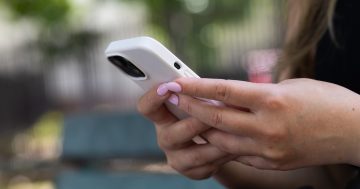 The eSafety Commission has issued a report saying that more numbers of young men in Australia are being blackmailed for money after they send personal images or videos of themselves to criminals posing as attractive young women.
The eSafety Commission has issued a report saying that more numbers of young men in Australia are being blackmailed for money after they send personal images or videos of themselves to criminals posing as attractive young women.
eSafety Commissioner, Julie Inman Grant said the number of personal extortion reports has increased from almost 600 reports in the first quarter of 2022 to more than 1,700 in the first quarter of this year.
“The majority of these reports, almost 1,200, were from young people between 18 and 24 years and 90 per cent of all reports were from males,” Ms Inman Grant said.
“Thousands of Australians are coming to us in crisis as blackmailers threaten to send their sexual images or videos to family, friends, and colleagues unless they pay up.”
She said the cost to the young people is significant.
“Not only have many paid out thousands of dollars, but countless have suffered deep distress.”
She said the eSafety reports reveal the scammers initially make contact on social media services, with Instagram and Snapchat the most frequently reported.
“These criminals are well-versed in the dark arts of manipulation and coercion,” Ms Inman Grant said, “often sending their targets very explicit content to encourage compliance and win trust. But the content is fake.”
“They’re also ruthless but targeted in their demands, applying more and more pressure to people who respond to their threats.”
The Commissioner said that if a person pays, they keep coming back with more demands.
“And because they’re mainly based overseas, it’s virtually impossible for people to get their money back.’
She said young people, especially young men, need to be educated to be very wary of attractive strangers approaching them out of the blue who get sexual straight away.
“There’s a big risk it’s an impersonator account being managed by organised crime, looking to blackmail that young person once they share sexual content,” Ms Inman Grant said.









